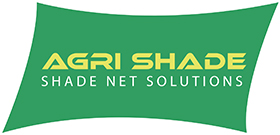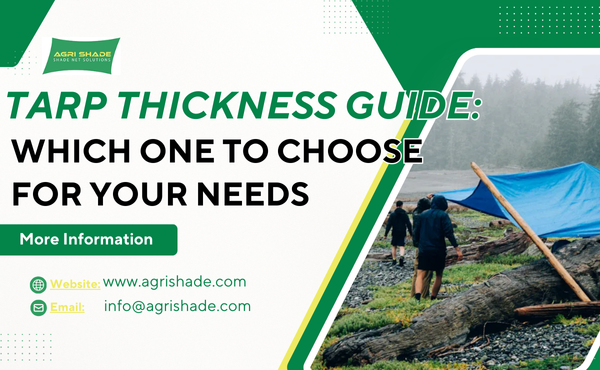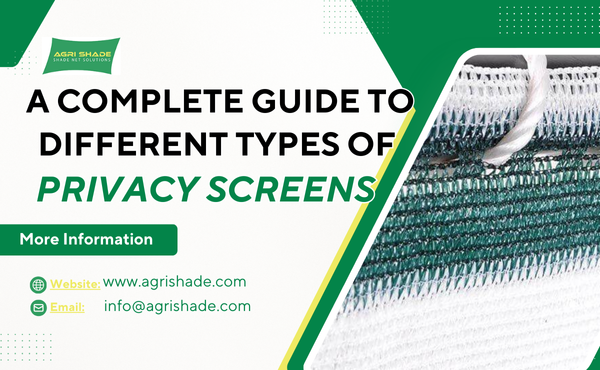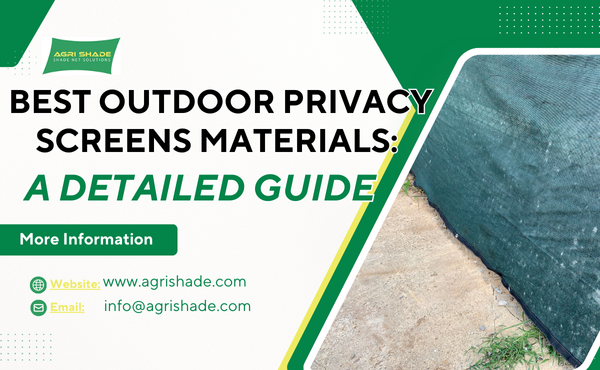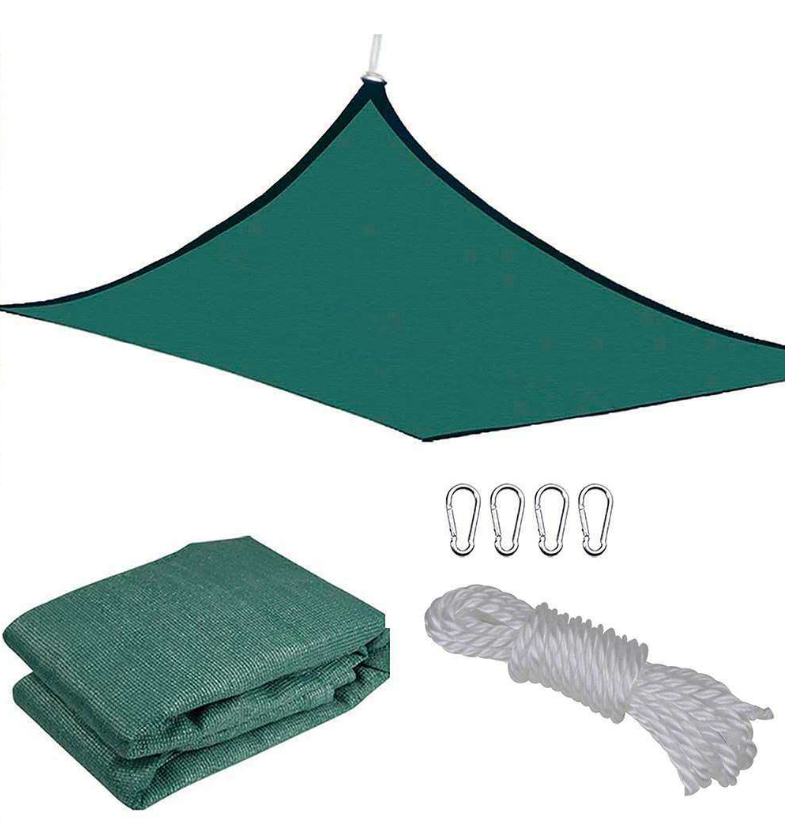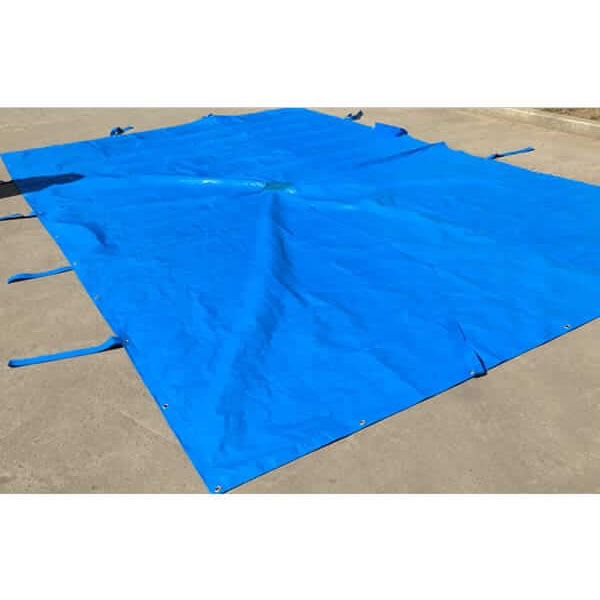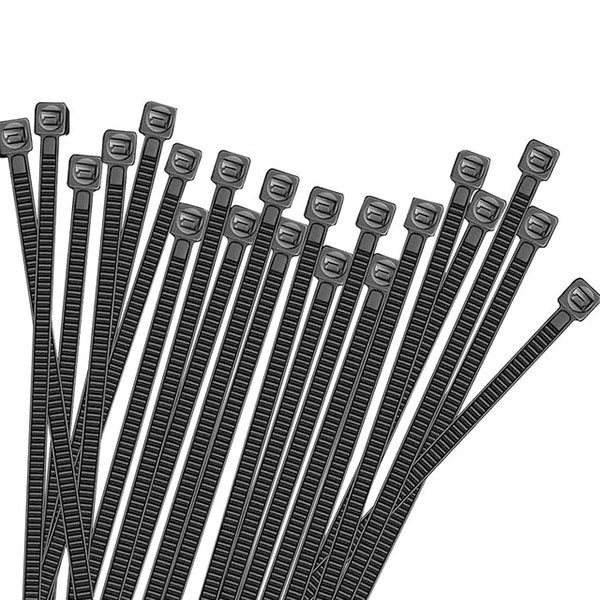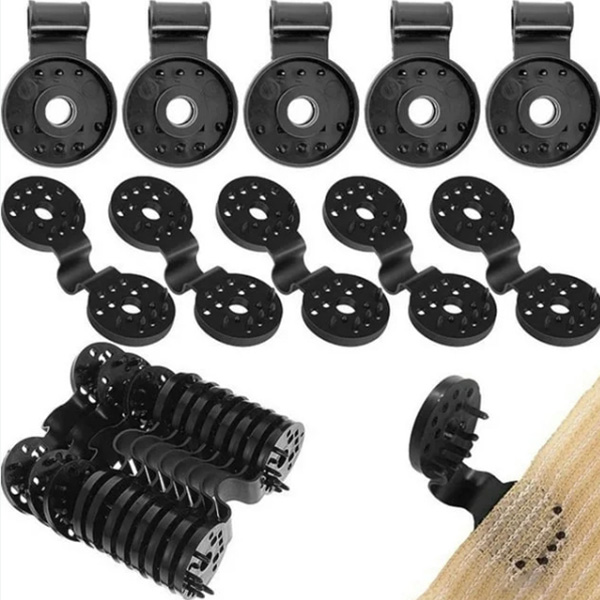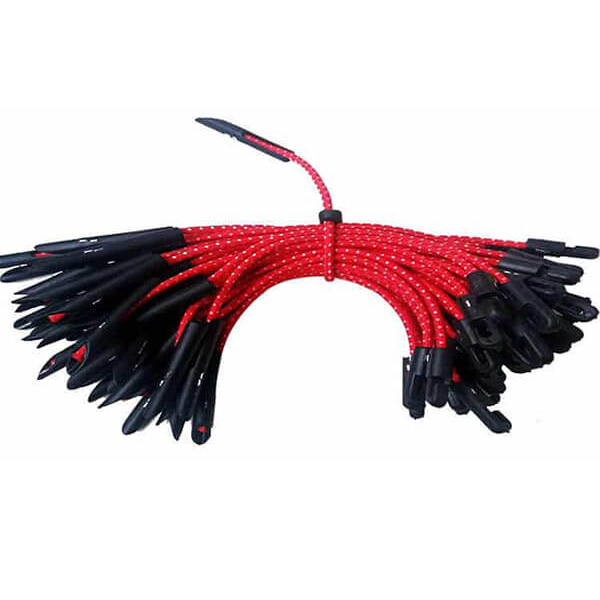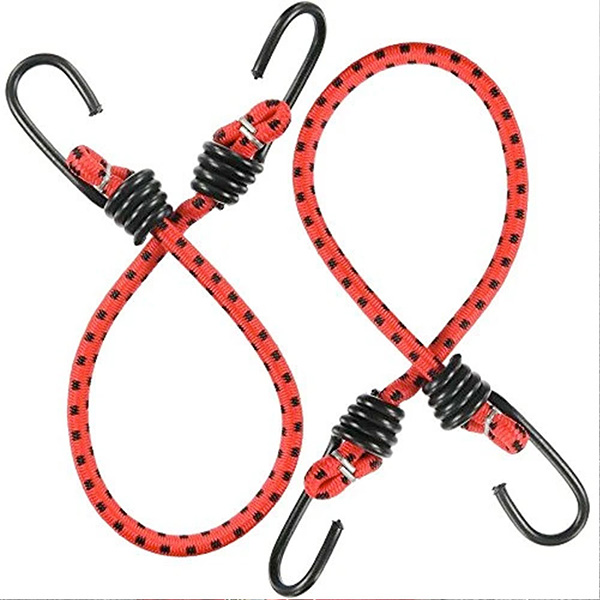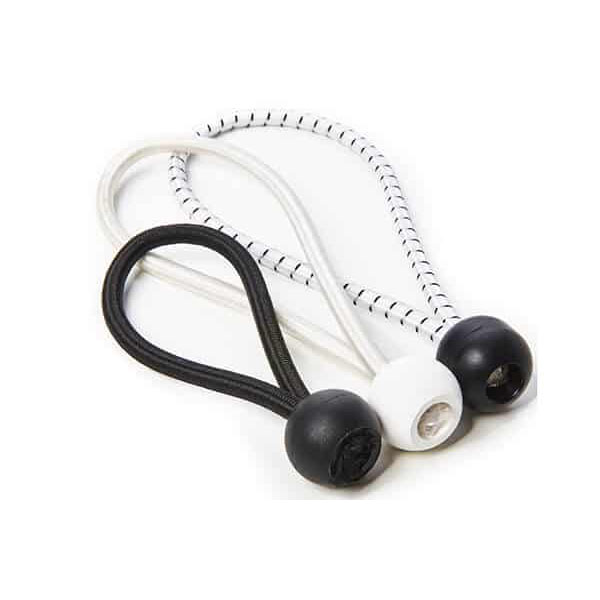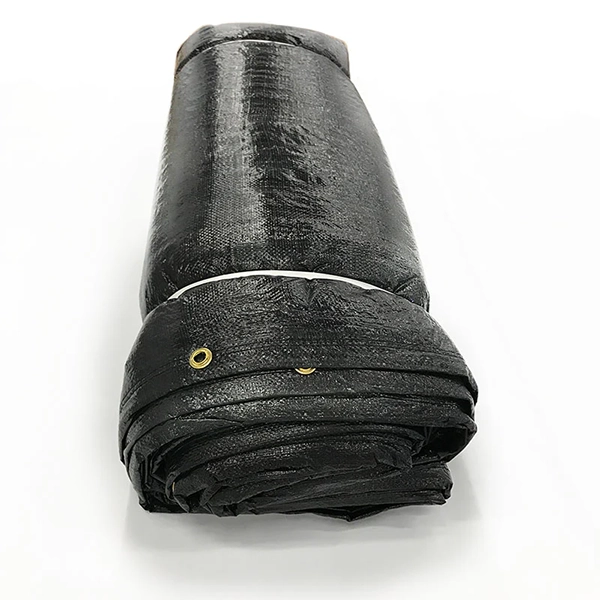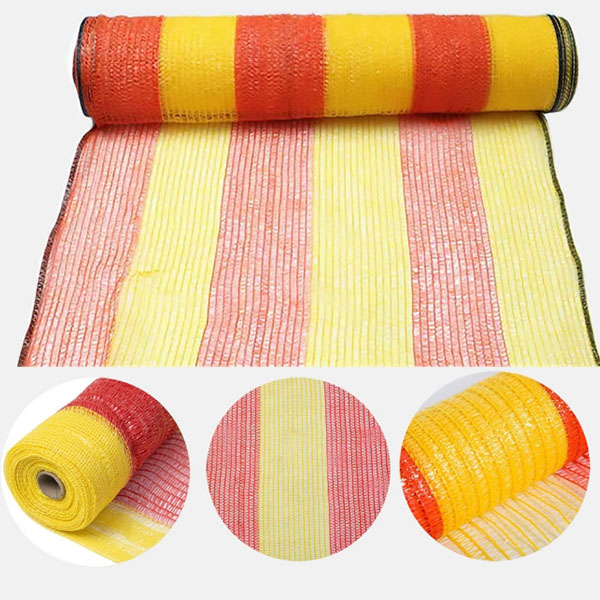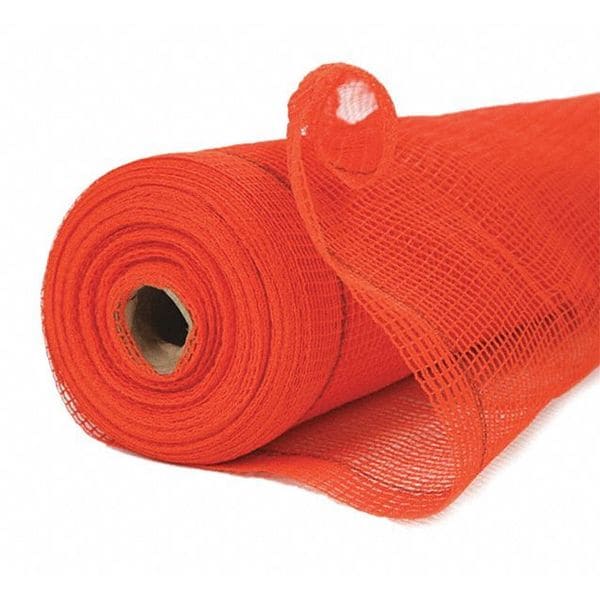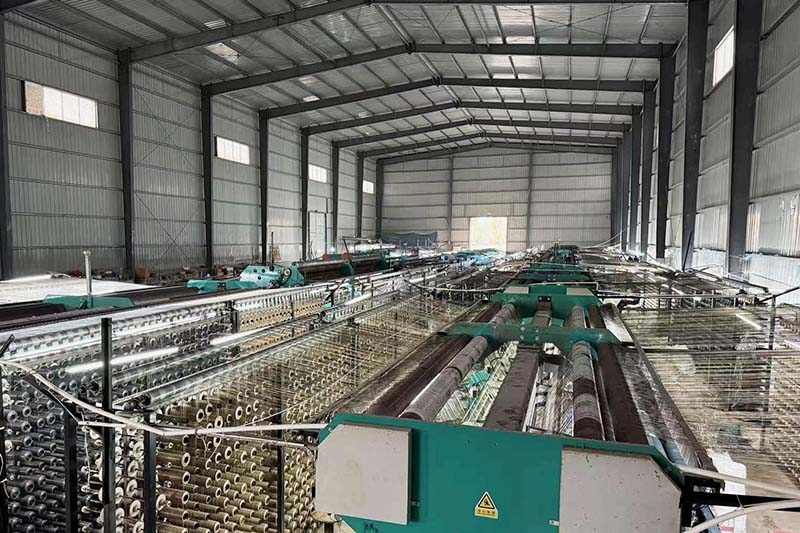Learn how the right shade net size and shade percentage can transform your garden or greenhouse. This complete guide explains how shade nets work, how to measure your space, and how to choose the best net for different plants. Whether you’re protecting delicate ferns or sun-loving vegetables, discover practical tips for selecting and installing shade cloths that improve plant health, reduce water loss, and create a cooler growing environment. Make smart, informed choices to support strong, healthy growth in every corner of your outdoor space.
What Is a Shade Net?
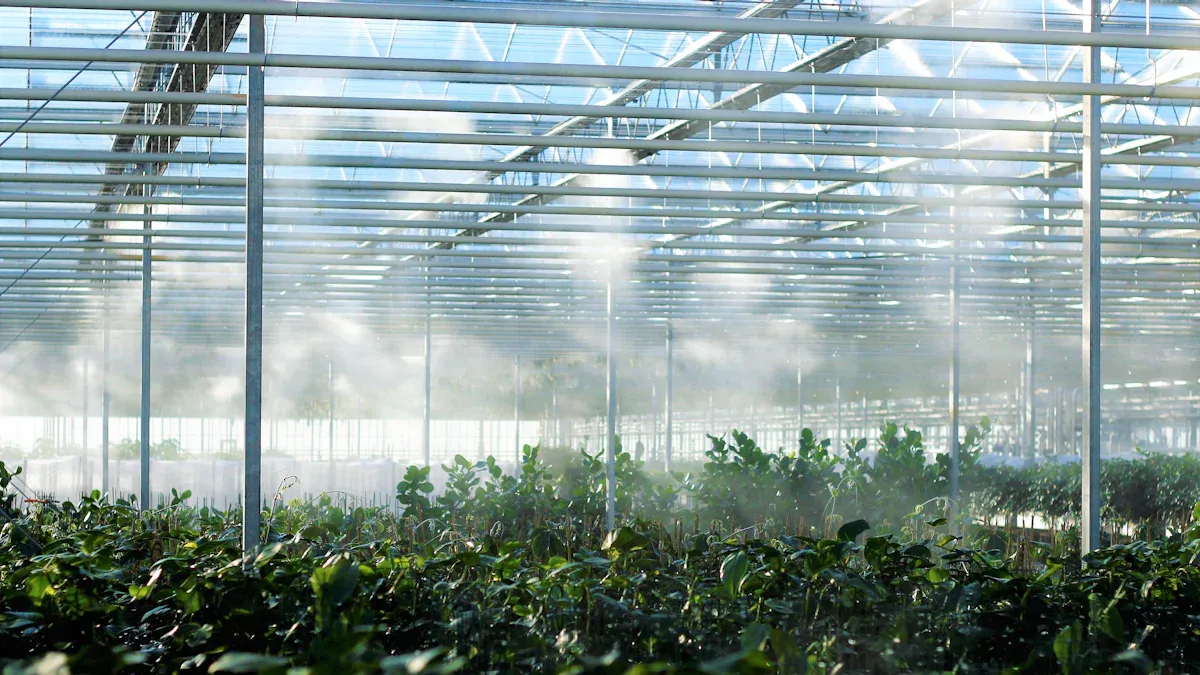
Purpose and Benefits
You use a shade net to protect your plants from too much sun. A shade net helps you control the amount of sunlight that reaches your garden. Many gardeners choose a shade cloth because it gives plants the right balance of light and shade. You can pick a shade net with a specific shade rate to match your plants’ needs. The shade rate tells you how much sunlight the shade cloth blocks. A sun shade net can lower the temperature under the net, which helps your plants stay healthy.
You also use a shade net to reduce water loss from the soil. The shade net keeps your plants cooler and helps them grow better. You get many benefits from using a shade net, such as stronger plants and less stress from heat. A shade cloth can also protect your plants from wind and heavy rain. You can use a sun shade net in gardens, greenhouses, or even patios.
How Shade Nets Work
A shade net works by filtering sunlight through its fabric. The shade cloth has tiny holes that let some light pass while blocking the rest. You choose a shade net with the right shade rate for your plants. A higher shade rate means less sunlight gets through the shade cloth. You can use a sun shade net to create a cooler area for your plants.
The shade net also helps you control the amount of shade in your garden. You can cover large or small spaces with a shade net. The shade cloth comes in different sizes and shapes to fit your needs. You can use a sun shade net for vegetables, flowers, or even outdoor seating areas. The shade net gives you control over the growing environment. You help your plants thrive by picking the right shade rate and size for your shade net.
Shade Net Size and Coverage
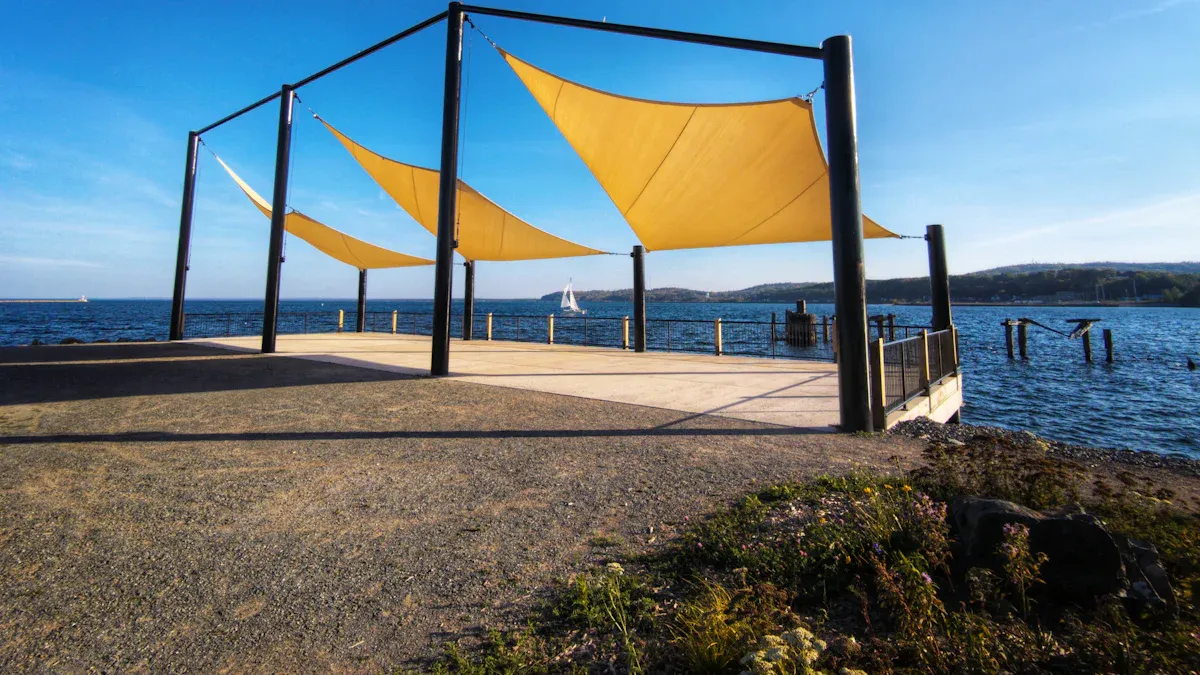
Measuring for Proper Fit
You need to measure your garden or greenhouse before you buy a shade net. Start by measuring the length and width of the area you want to cover. Shade net size matters because it affects how much shade your plants get. If you choose the wrong shade net size, you might not get the right shade rate for your plants. Use a tape measure to get accurate numbers. Write down the measurements so you can compare them with available shade cloth options.
A sun shade net should fit your space without leaving gaps. Gaps can let in too much sunlight and lower the shade rate. You want the shade net to cover the whole area for even shade. If you use a shade cloth that is too small, your plants may get too much sun. If you use a shade net that is too large, you may waste material and money.
Coverage Tips
You should match the shade net size to your garden’s needs. Think about the shape of your area. Rectangular and square spaces are easier to cover with a sun shade net. Irregular shapes may need custom shade net size or overlapping pieces of shade cloth.
Check the shade rate on the label before you buy. The shade rate tells you how much sunlight the shade net blocks. For example, a 50% shade rate means the shade cloth blocks half the sunlight. You can use a sun shade net with a higher shade rate for delicate plants. Use a lower shade rate for plants that need more sun.
- Use clips or ropes to secure the shade net.
- Make sure the sun shade net stays tight and does not sag.
- Overlap shade cloth pieces if you need to cover a larger area.
A good shade net gives your plants the right balance of shade and sunlight. You help your plants grow strong by choosing the correct shade net size and shade rate.
Shade Net Percentage and Plant Needs
Light Reduction Levels
You need to understand how the shade rate affects your plants. The shade net blocks a certain percentage of sunlight, which changes the temperature and light under the net. A 30% shade rate lets in more light, while a 90% shade rate blocks most of it. You can use a sun shade net to control the percentage of sunlight your plants receive. This helps you manage heat and protect your crops from harsh sun. The right shade cloth creates a cooler environment and supports optimal growth.
You see different shade rates in agriculture. A 50% shade net gives a balance between light and shade. This helps many plants grow well. A 70% shade rate works for plants that need more protection from the sun. You can use a sun shade net with a higher shade rate for sensitive crops. The shade net also helps you reduce water loss and keep soil moist.
Choosing the Right Percentage
You must match the shade rate to your crop’s needs. Different plants need different amounts of light for optimal growth. Use a 30% shade net for crops that love sunlight, like tomatoes and peppers. A 50% shade cloth works well for leafy greens and nurseries. You can use a 70% sun shade net for orchids or ferns that need more shade. For recreation areas or livestock, a 90% shade rate gives maximum protection.
Here is a quick guide for choosing the right shade net in agriculture:
| Crop Type | Recommended Shade Rate | Sun Shade Net Use |
|---|---|---|
| Vegetables | 30%-50% | Growth and protection |
| Nurseries | 50%-70% | Young plant care |
| Orchids/Ferns | 70%-90% | High shade, less light |
| Recreation Areas | 70%-90% | Comfort and cooling |
You should also consider the cost and protection level. A higher shade rate means a denser shade net. This can cost more but gives better protection. You may use a lighter shade cloth for crops that need more light. A denser sun shade net lasts longer and protects against wind and heavy rain.
You can improve agriculture results by picking the correct shade net. The right shade rate helps you control light, temperature, and moisture. This leads to better growth and stronger plants.
Choosing and Installing Shade Net Size
Factors to Consider
You need to look at several things when choosing shade net size for your backyard. First, measure your backyard shade area carefully. The right shade net size covers your plants without leaving gaps. You want to match the shade rate to your plants’ needs. Some plants need more shade for healthy growth, while others need more sunlight.
Think about the type of plants in your gardening space. Vegetables often need a lower shade rate, while ferns or orchids need a higher shade rate. You should also check the color and material of the shade net. Darker colors absorb more heat and can raise the temperature under the net. Lighter colors reflect sunlight and keep your backyard shade cooler. The material affects how long the shade net lasts and how well it protects your plants.
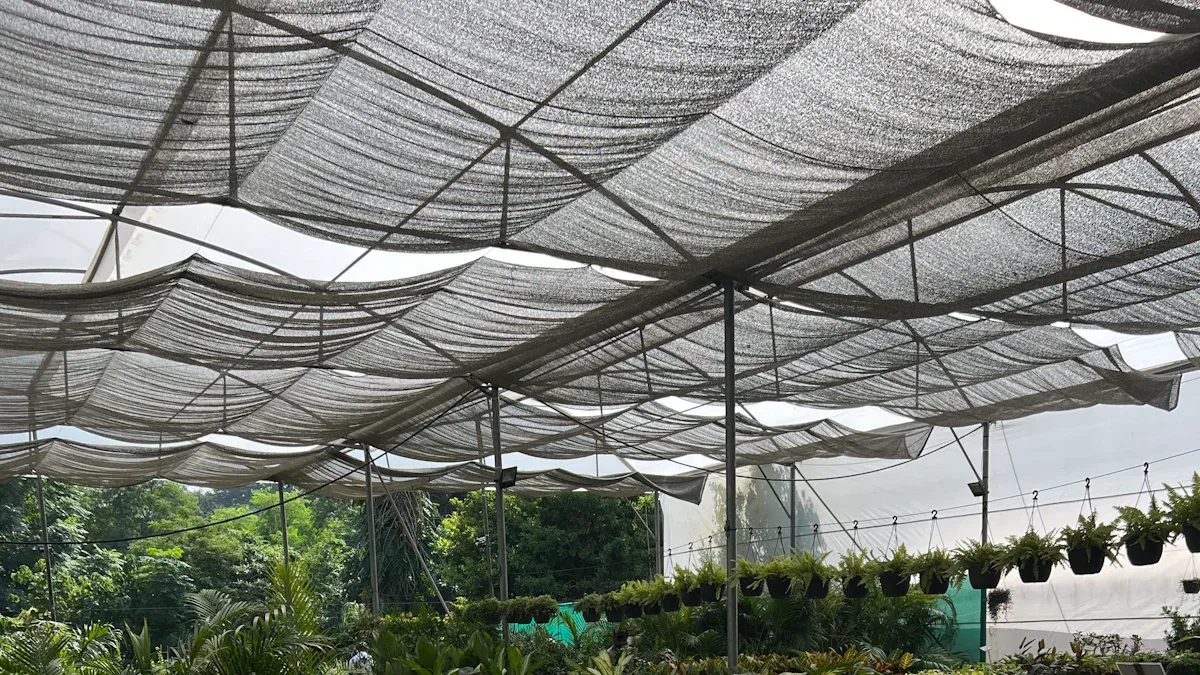
Installation Tips
You should install your shade net tightly over your backyard shade area. Use strong clips or ropes to keep the shade net in place. Make sure the shade net does not sag, as this can let in too much sunlight and lower the shade rate. Overlap pieces if your backyard is large or has an odd shape.
Check your shade net often for damage. Fix any holes right away to keep the right shade rate for your plants. Clean the shade net to remove dust and dirt. This keeps the shade rate steady and helps your plants get the right amount of light for growth.
You can improve your backyard shade and gardening success by choosing shade net size and shade rate carefully. The right choices support strong growth and healthy plants.
Conclusion
Choosing the right shade net size and percentage is essential for creating a balanced growing environment. By understanding your plants’ light and temperature needs, you can select a shade net that offers the right protection, reduces stress, and promotes healthier, more vigorous growth. With proper installation and maintenance, a well-chosen shade net becomes a powerful tool in your gardening success—whether in a backyard, greenhouse, or larger agricultural space.
